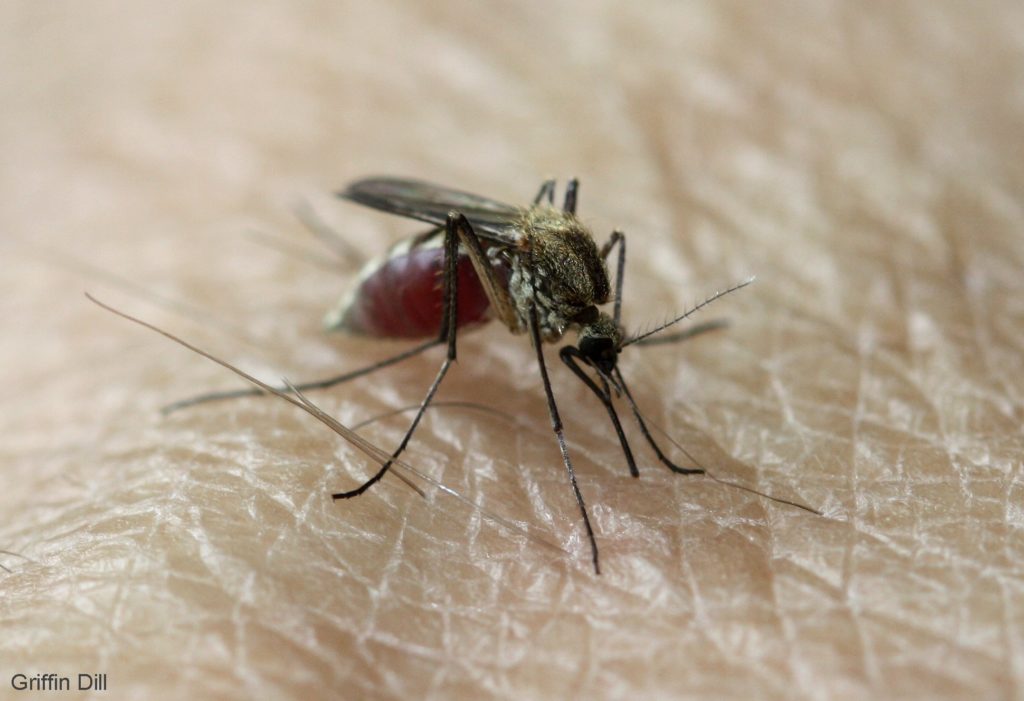You’re putting your insect repellent on wrong

Irritating biting flies like mosquitoes, black flies and noseeums
But what if we’re doing it all wrong?
“There’s actually a right and a wrong way to put on insect repellent,” said Michael Bentley, staff entomologist for the National Pest Management Association.
A nonprofit organization founded in 1933, NPMA provides the public with a wealth of online resources about pest management, including a two-minute video on how to correctly apply insect repellent.
Here are the basics:
- Read the label. Insect repellent labels have directions on how to apply the product. Also, Bentley suggests people only use repellent that has been approved by the Centers for Disease Control and Prevention, which you should find on the label.
- Mix the repellent by shaking it thoroughly.
- If you are wearing sunscreen, be sure to apply the sunscreen first, then the repellent. “Sunscreen can actually affect the effectiveness of insect repellent,” Bentley said.
- Apply evenly on exposed skin, avoiding cuts and open wounds. For spray repellents, this usually means holding the bottle between 6 and 8 inches from your skin as you spray.
- Use your hands to apply the repellent to your face. This method prevents repellent from getting in your eyes and nostrils.
- Spray over your clothing. Insects do bite through clothing.
- Reapply as often as the label instructs.
Also, while this is certainly up for debate, the NPMA claims that the most effect insect repellents include one of the following ingredients: 20 percent concentration of DEET, 20 percent concentration of Picaridin, 30 percent concentration of lemon eucalyptus (or para-menthane-diol) or 20 percent concentration of IR3535.
